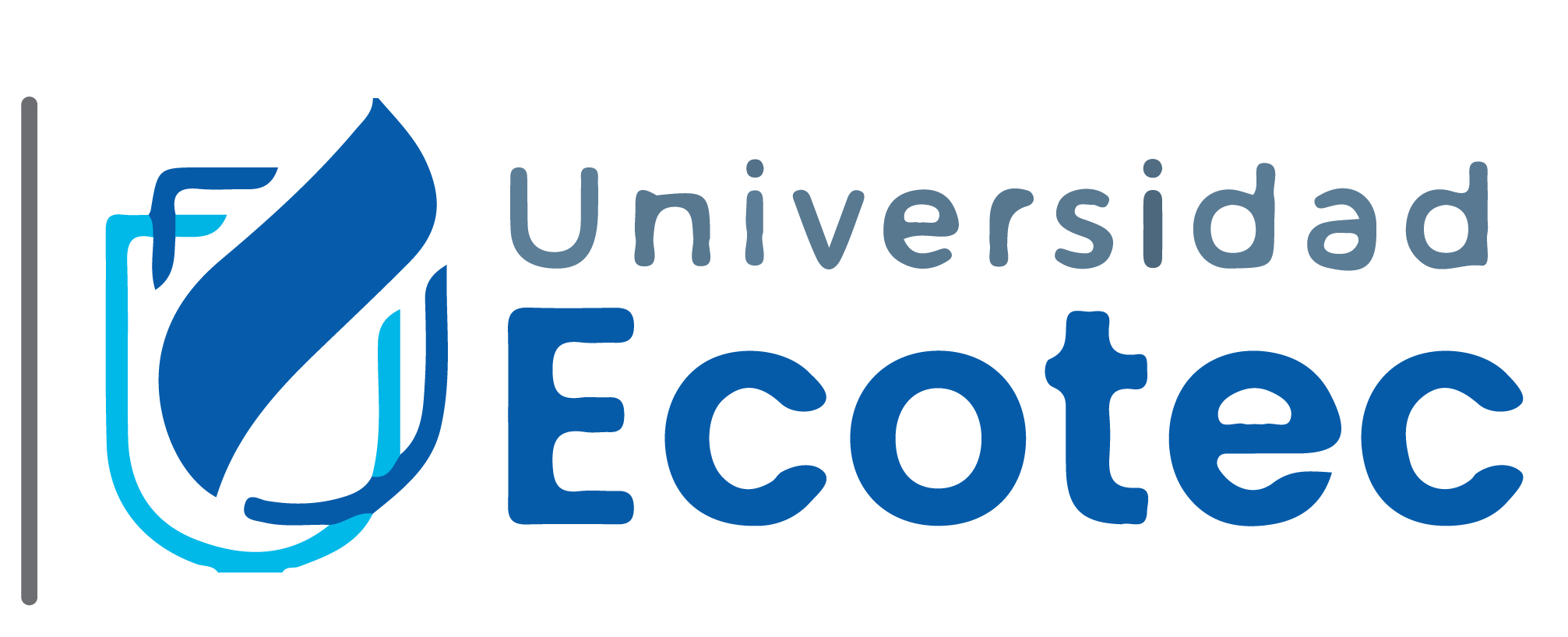Artículo
Frontier and hot topics in the application of hydrogel in the biomedical field: a bibliometric analysis based on CiteSpace
Resumen
0
Autores | Pugas, MAR; Lopes, EL; Lopes, EH; Ferreira, HL |
Título | From One End to The Other: A Bibliometric Study of Publications on Omission Neglect Based on The Journals Between 1988 and 2016 |
Afiliaciones | Universidade Nove de Julho |
Año | 2020 |
DOI | 10.23925/2178-0080.2020v22i1.44752 |
Tipo de acceso abierto | gold, Green Submitted |
Referencia | WOS:000543784400006 |
Artículo obtenido de: | WOS |



